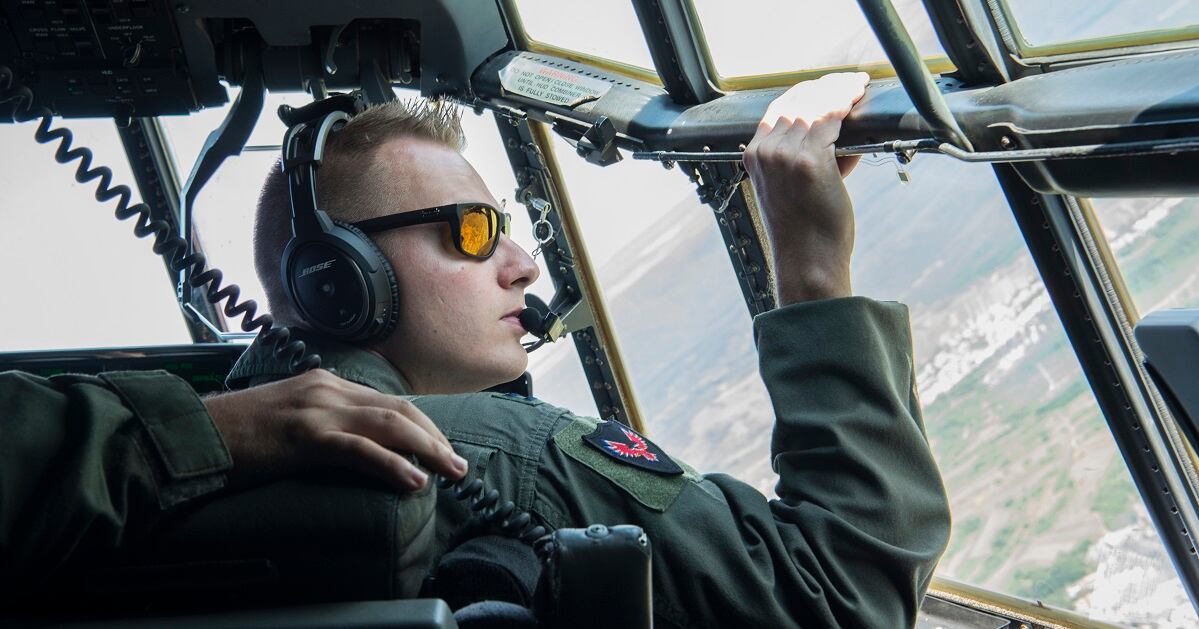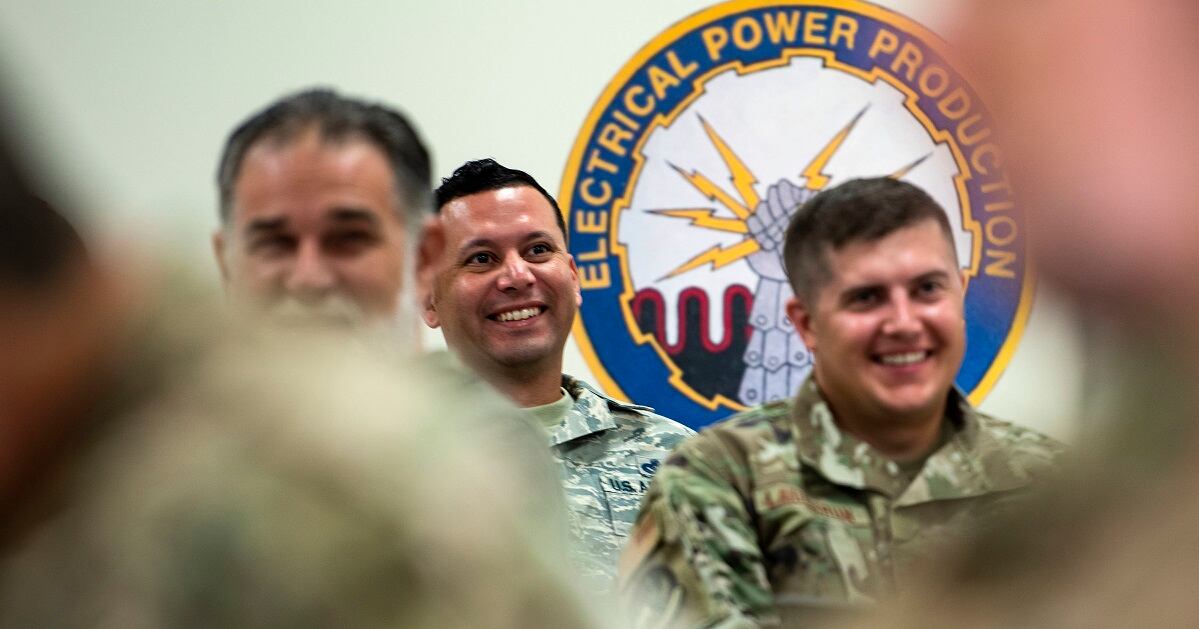Adjusting to the Pentagon’s new National Defense Strategy of “peer competition” against nations such as China and Russia is going to take some adjustment for the Air Force.
So, Lt. Gen. Brian Kelly, the Air Force’s personnel chief, is focusing his attention on making sure the Air Force has the size, shape and capability to carry out its responsibilities in defense of the nation. That means making sure the Air Force has the right airmen, who have the right talents and are properly trained. It means making sure airmen and their families are resilient and able to bounce back from adversity. And it means making sure the Air Force has the right talent management system in place.
“Hav[ing] the talent we need and the capabilities we need to deliver the Air Force part of that joint fight is what we’re 100 percent focused on in A1,” Kelly said in an Aug. 13 interview. That’s “where we’ll continue to focus in years to come to get us to where we need to go.”
The Air Force remains too small for the mission it must carry out, Kelly said, echoing a common refrain among the service’s leadership. A devastating drawdown in 2014 hurt the Air Force in several areas, particularly in the creation of a maintainer shortfall of about 4,000, which has now been closed on the active-duty side.
But the service has grown in recent years, Kelly said, and is on track to meet — and even slightly exceed — its authorized end strength this year. Congress approved a total force end strength of 506,200 in fiscal 2019, including an active duty end strength of 329,100.
The Air Force will meet its recruiting goals, he said, though the market for attracting talent is getting tougher. Kelly said the Air Force’s active-duty recruiting is starting to work on combining its efforts with Air Guard and Reserve recruiting. This kind of total force recruiting effort will give potential recruits as many options as possible, he said, such as whether they want to join full-time or part-time, and could also include some collaboration with recruiting civilians.
Keeping airmen
Retention remains strong overall, he said. But those aggregate numbers mask pockets where individual career fields are struggling, such as pilots, which still face a shortfall of roughly 2,000. Cyber airmen, intelligence specialists, and linguists who speak certain in-demand languages are also seeing shortages.
The Air Force hasn’t completely stopped the decline in pilots, he said, but it’s slowed the bleeding and service leaders are optimistic that recent moves to get pilots more training and flying time and to improve the availability of aircraft for them to fly will help reverse the trend.

Kelly said the Air Force will continue trying to improve pilots’ quality of life and quality of service to convince more to stay, such as cutting additional duties and providing more squadron support to reduce pilots’ administrative burdens and help them focus more on flying.
The Air Force is also boosting the number of pilots it trains each year, he said, and is on track to increase from more than 1,300 new pilots this year to a little more than 1,450 by 2020.
The Air Force is also working toward a standardized, centralized medical review process for recruiting, so there are more consistent standards on who is deemed medically fit to join, who is not, and when the Air Force should “take some risk” and grant a waiver for someone who has vital talents, despite their medical issues.
As the Air Force grows, he said, it needs to have a talent management system with four key attributes:
♦ It must be responsive to the Air Force’s needs and make sure vital jobs are filled, which doesn’t always happen now, as lingering pilot shortfalls show.
♦ It must be agile, able to quickly adjust to new requirements and find the talent necessary to keep up with changing adversaries. In the past, the Air Force has been too slow on this front. It also must be flexible on an individual level, he said, because not every airman can or should develop in the same way. On the officer side, the Air Force’s plans to create more developmental categories tailored to specific jobs are one way it hopes to create a more agile, individualized talent management system.
♦ It needs to be focused on rewarding airmen for their performance, and driving them to perform better.
♦ It has to be transparent and simple and fair so all airmen understand how the system works and those with the greatest competence and character are chosen to advance. In the past, the Air Force personnel system has tended to overcomplicate things, Kelly said, and that needs to change.
Resiliency concerns
Improving airmen’s quality of life is particularly important, Kelly said, so they and their families can overcome the challenges they face and be ready for what the nation needs from them.
The Air Force has grown increasingly concerned about a spike in suicides this year, and in early August called for force-wide, one-day stand-downs so units can focus on resiliency.

Nobody in the service has found easy solutions, Kelly said. But there is a “concerted effort” in the Air Force to build connections, so every airman on every level will feel like he or she is part of a team, is valued and is making a contribution to an enterprise greater than themselves. That all adds up to building a “strong sense of purpose” in airmen and making them more resilient.
Rather than top Air Force leadership dictating to local wings, groups or squadrons how they should foster those connections between airmen, Kelly said, the “resiliency pause” is intended to help units find what works for them. The Air Force did offer resiliency tools to make those conversations easier, he said — some tool kits focused on suicide prevention and others on how to intervene when someone may be at risk — but units were able to tailor them for what works best for them and their missions.
Rather than having the pause be a one-day thing, Kelly said the Air Force wants it to be the beginning of routine dialogues within and between units, sharing lessons on how to build these connections.
“Every airman has a story, and every airman’s story is different,” Kelly said. “The key is knowing what that airman’s story is, knowing what that airman’s challenges are, so that everybody feels connected and part of a purpose. When we get that close sense of unity — and that comes in small groups, not at large levels — there is a trust that goes in there, where people find help-seeking as a strength. It doesn’t become a stigma.”
Stephen Losey is the air warfare reporter for Defense News. He previously covered leadership and personnel issues at Air Force Times, and the Pentagon, special operations and air warfare at Military.com. He has traveled to the Middle East to cover U.S. Air Force operations.









